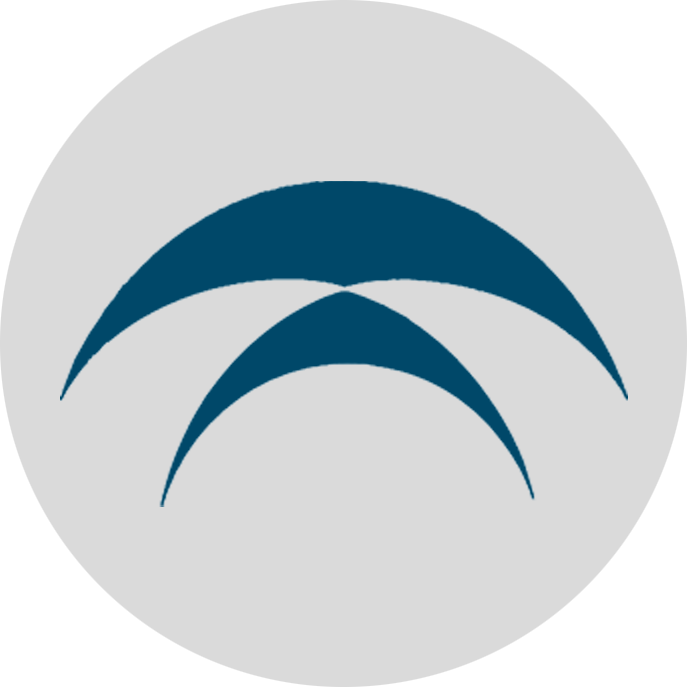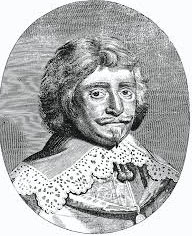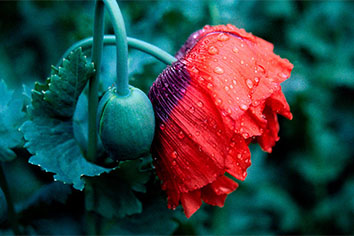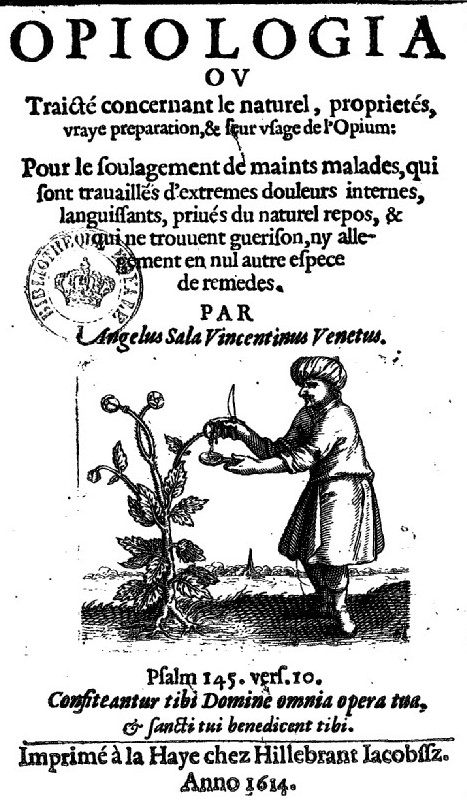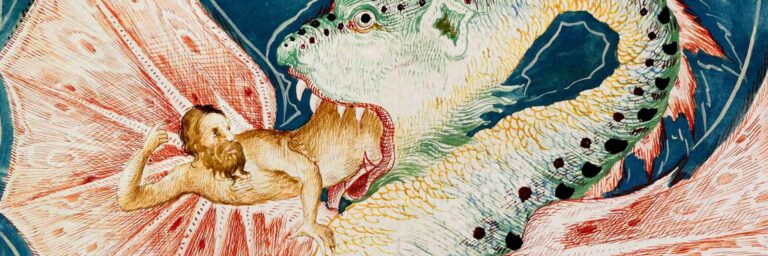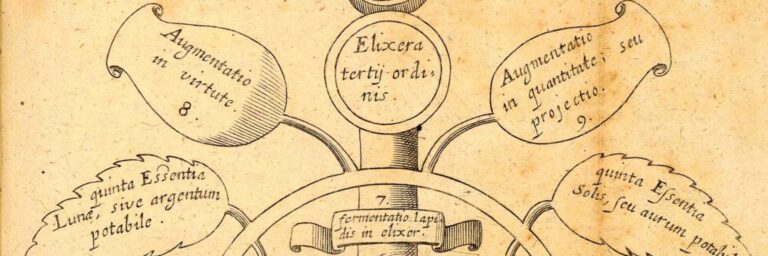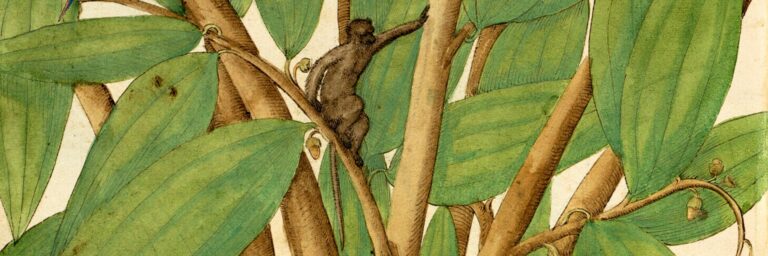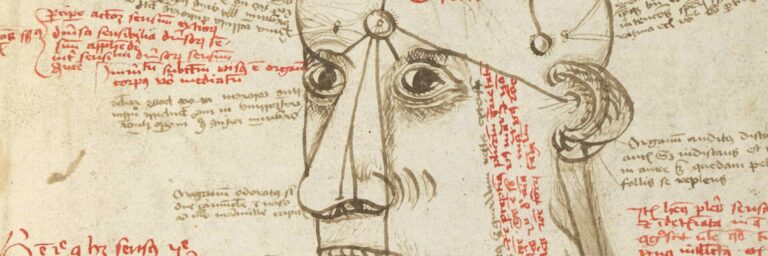The Dawn of Opium Science
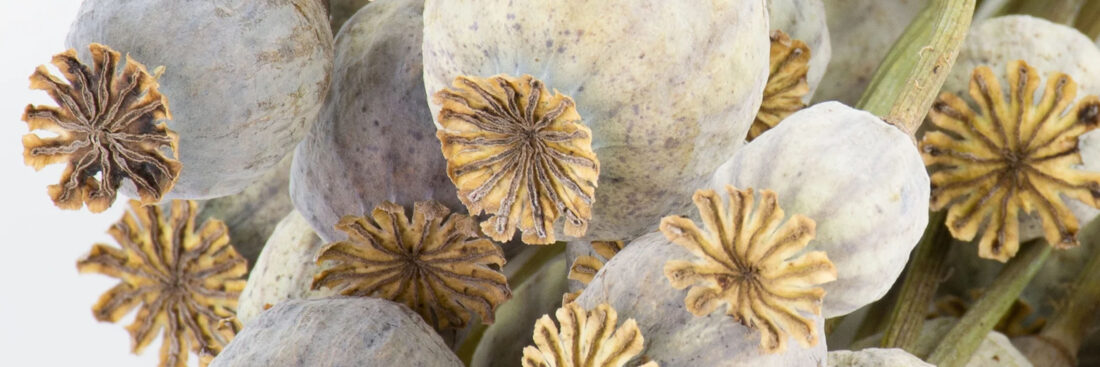
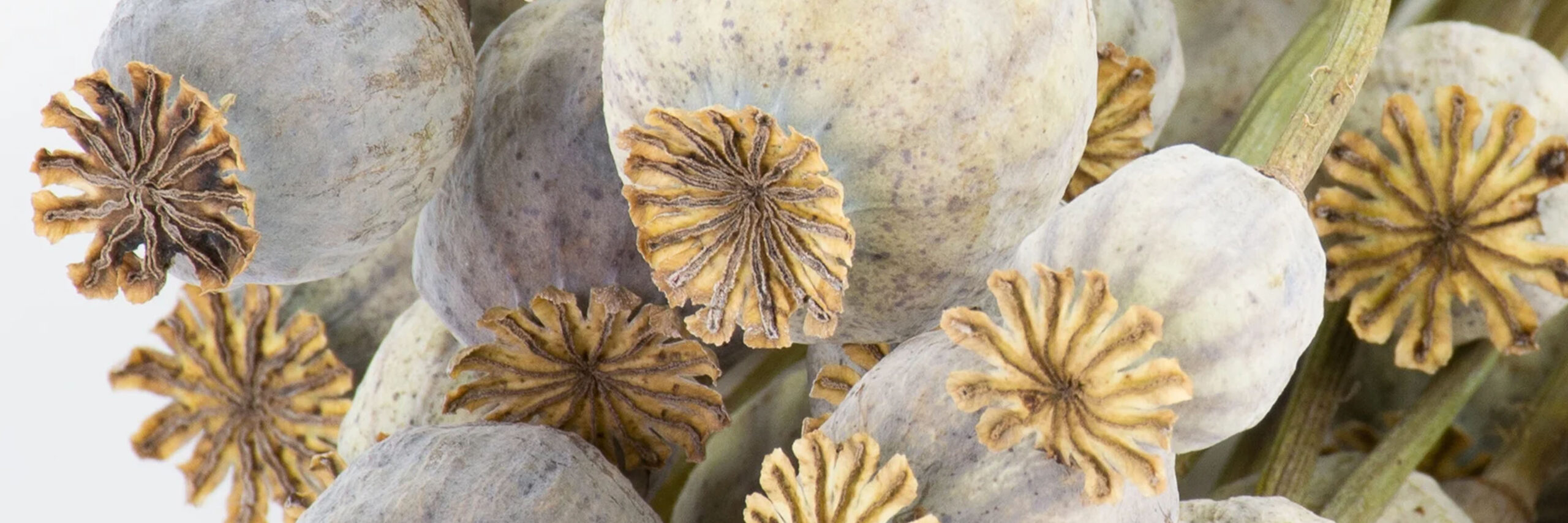
FORMA FLUENS
Histories of the Microcosm
The Dawn of Opium Science
Angelo Sala's "Opiologia" (1614)
and the Alchemical Quest
for the Perfect Anodyne
Edoardo Pierini
University of Geneva
Comèl Grant
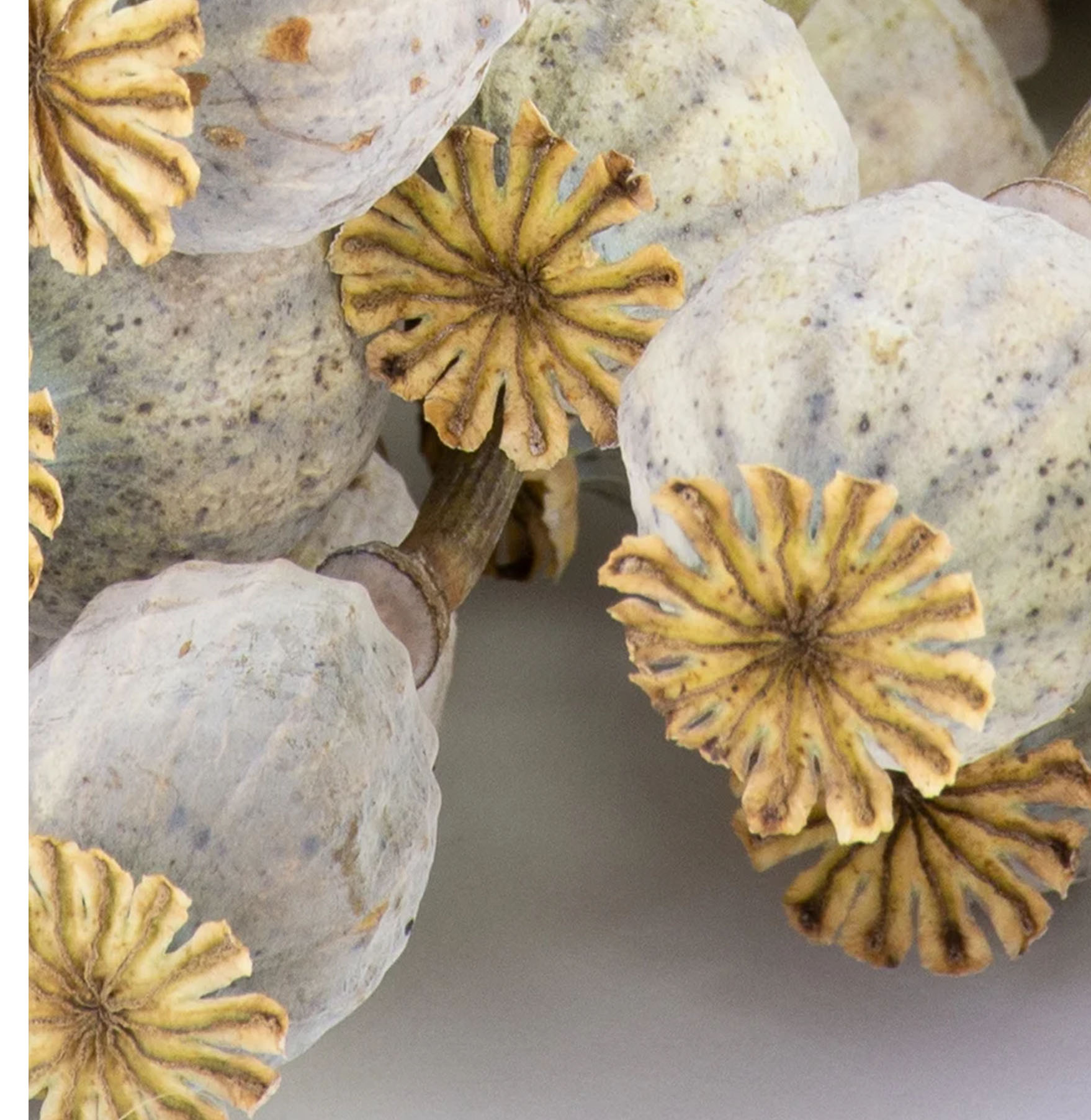
Throughout history, enduring pain was one of the most common and dreaded afflictions that men had to face during their lifetimes. This condition had always been a focus of religions, philosophies, and later medicine, often with limited success. Consequently, the “fight against pain” has persistently been a significant concern for medical practitioners across diverse temporal and geographic contexts.[1]
In early modern Europe, the struggle to find an appropriate treatment for pain was intensified by the ongoing theoretical debate between the Galenic and Paracelsian medical schools, which involved one of the few effective analgesic medicaments available at the time, opium. The Papaver Somniferum, better known as opium poppy, is in fact rich in alkaloids such as morphine and codeine that, binding to the opioid receptors, produce effects such as analgesia, euphoria, respiratory depression and decreased gastrointestinal motility.[2]
If galenic physicians expressed concern about the dangers of opium, and therefore restricted its usage to only dire circumstances, the followers of Paracelsus conversely advocated for a more liberal approach, contending that the use of opium was perfectly safe after proper chemical preparation.
In this context, the Italian spagyric physician Angelo Sala (1576-1637) [Fig. 1] published the Opiologia (1614), the first Western treatise entirely dedicated to the “nature, properties, true preparation and safe use of opium”. Despite a recent revival in the scholarship dedicated to the history of iatrochemistry and to the role of intoxicant medicaments in Early Modern Europe, Sala’s work has been almost completely forgotten.[3]
The present article attempts to address this neglected work within the literature, by evaluating Sala’s contribution to the pharmacology of anodyne medicaments.
The Role of Opium-Based Medicaments in Early Modern Medicine
Opium has been known since antiquity for its narcotic and anodyne action and gained an important place in the European pharmacopoeias since the time of Hippocrates. Also the perillous nature of the “tears of the poppy” was well-known to medical practitioners of the Hellenistic and Roman eras, as most of them held a strong conviction that opium was, on numerous occasions, too dangerous to be utilized as a medicinal substance.[4]
The most influential physician of antiquity, Galen, created a medical system where medications were thought to be composed of amalgams of the four elements and four qualities, and to have a specific quantitative degree on a scale of one, the smallest presence of a certain quality, to four, the greatest. When discussing the resin extracted from the opium poppy, Galen placed it in the fourth category of coldness, the strongest, which reflected the danger that was then associated with its use, as he clearly states how opium “… valide enim refrigerat, ad stuporem usque et mortem perducens”.[5]
The sole exception to this restricted use of opium was its incorporation in compounded drugs, where the addition of warm ingredients would balance the dangerous cold quality of opium. Theriac was the most celebrated among these compounds, an intricate medicament that required the use of a multitude of ingredients and several months of preparation. As a result, only the affluent could afford such remedies, and the use of opiates remained largely inaccessible to the general population. [Fig. 2]
In Europe this view went unchallenged until the sixteenth century, when the opium poppy emerged as a subject of fervent debate in the realm of medical botany. As the Galenic system of medicine came under general scrutiny, new theories emerged across Europe regarding the properties of opium, primarily based on iatrochemical or occult principles.
Particularly important were the consequences of the emergence of the chemico-medical doctrines developed by Philippus Aureolus Theophrastus Bombastus von Hohenheim, known as Paracelsus (1493–1541), who considered traditional book learning worthless and demolished the Galenic doctrine of qualities. Paracelsus revolutionized the Galenic pharmacology based on the quantitative degree of elements and he dismissed the logic of contraria contrariis curantur, with the result that the fourth degree of coldness attributed to opium was no longer linked to its effects.[6]
The power and virtue of every substance was attributed to its unique quinta essentia, the elemental component which distinguished it from other substances.[7] Thus, the great caution recommended by Galen in the use of opiates no longer had any reason to be applied, and Paracelsus was in fact full of praises to narcotic and anodyne substances, emphasising that every doctor wanted to possess a medicament like opium that could relieve all pains and extinguish all internal heat.[8]
Angelo Sala's "Opiologia"
Within the debate among Galenists and Paracelsians concerning the nature and proper application of opium, Angelo Sala distinguished himself as the first scholar to devote an entire treatise to this subject, with a focus on the means of converting opium from a dangerous poison into a wondrous remedy.
Edoardo Pierini is a PhD student in the history of medicine at the Institut Éthique Histoire Humanités – University of Geneva. He studied history at the University of Roma Tre (BA 2016, MA 2017), where he worked on Early Modern European science under the supervision of Antonio Clericuzio. In 2018 he moved to Paris where he obtained a Master in Comparative History of Civilizations at the University of Paris VII – Diderot. He also graduated in Physiotherapy at the University of Rome ‘La Sapienza’, and has worked in the rehabilitation of Parkinson’s Disease. His PhD thesis on opiates offers a close examination of the theories, medical practice, and the experiences elaborated by physicians in dealing with these dangerous substances.
He claimed that “a wise and careful administration” of opium would produce “wonderful effects” but, because of his dangerous power, spagyric physicians should extract its “quintessence”, suggesting how alchemical knowledge could be practically exploited to improve the art of medicine and especially the condition of suffering patients.
His approach was indeed based on the use of the applied art of chemistry, as from a very young age Sala began an apprenticeship as a pharmacist that allowed him to come into contact with various chemists and to be introduced to Paracelsian medicine, acquiring alchemical skills particularly in the art of distillation. Nonetheless, Sala did not entirely spurn Galenic medicine, in contrast to some of the more rigid Paracelsians, instead striving to integrate the two traditions. Sala believed that “Christians” should became familiar with opium relies in the fact that he considers sleep and exemption from pain to be necessary things, both for healthy and sick men, as in the case of the other components of Galenic non-naturalia such as food and drink, “which sometimes are good and profitable to the bodie, and sometimes quite contrary, euen as nature disposeth of them for our good, or euill, howsoeuer in themselues they are alwaies good, seeing without thē no man can liue”.[9] [Fig. 3]
How to Make Opium Safe?
Notably, the main focus of the work is on the practical description of how to prepare laudanum, a Paracelsian recipe that for centuries was also known by the name “tincture of opium”, by extracting the “sulphurous malignity” from opium with the aid of “Vulcan’s help”. This was indeed Sala’s main concern, as he acknowledged the validity of critics of laudanum and spagyric medicine were misguided by the fact that only a handful of European physicians could adequately prepare it.
To this end, Sala devotes the fifth chapter of his work to outlining the spagyric methods for preparing opium, which involve three distinct processes. Then, in chapter six of the Opiologia, Sala describes three methods for removing opium’s invisible narcotic sulphur: The first is taken from Paracelsus’ De morbis amentium, the second is attributed to the spagyric physician Joseph Duchesne (c. 1544–1609), also known as Quercetanus, and was employed by Sala to create his own laudanum, while the third is taken from Oswald Croll’s (c. 1563-1609) Basilica Chymica.[10] Following the removal of the narcotic sulphur from opium, Sala dedicated the seventh chapter of his work to extracting the quintessence or tincture of opium, with the aim of eliminating its malignant acrimony.
Conclusion
Sala’s role in disseminating these chemical processes is significant, as it facilitated the access of practitioners to information that was previously difficult to obtain. The first edition of the Opiologia was written in French and published in 1614 in the Netherlands, where Sala worked as a practising physician in The Hague. In 1618, an English translation of Sala’s Opiologia was published in London, a mere four years after the original publication in Dutch. In this way, the intricate and challenging works of Paracelsus, Quercetanus, and Croll were now condensed into a vernacular French and English version that was likely inexpensive and straightforward to comprehend.
In his final remarks, Sala himself is keen to point out that his desire is not to justify “abuses”, but rather for doctors to learn to treat better “simple people”, learning to administer laudanum at “the first incounter of the disease, when there is good hope of cure”, not forgetting the importance of “comfort and restore, to advance and bring them to their naturall rest, and to cease and qualifie their torments”.[11]
Sala is aware, however, that many doctors would not have accepted laudanum as being associated with Paracelsus and the iatrochemical tradition, and would therefore have severely criticised it, but he prefers to avoid controversy and concentrate on expanding medical knowledge with the aim of improving the well-being of patients, which is, after all, the main purpose of medicine itself.

